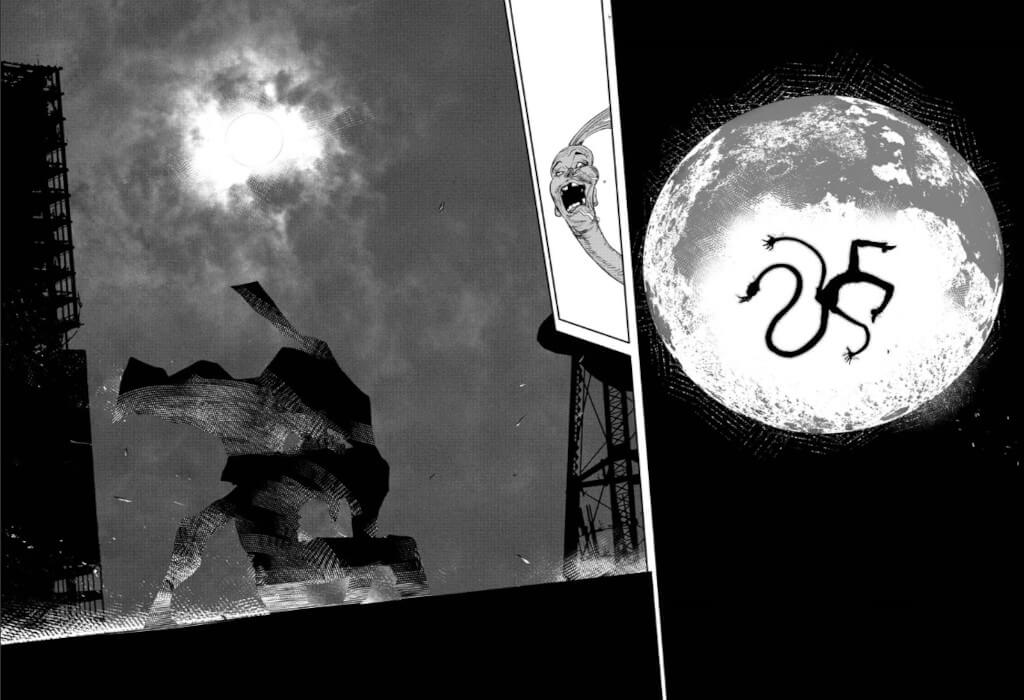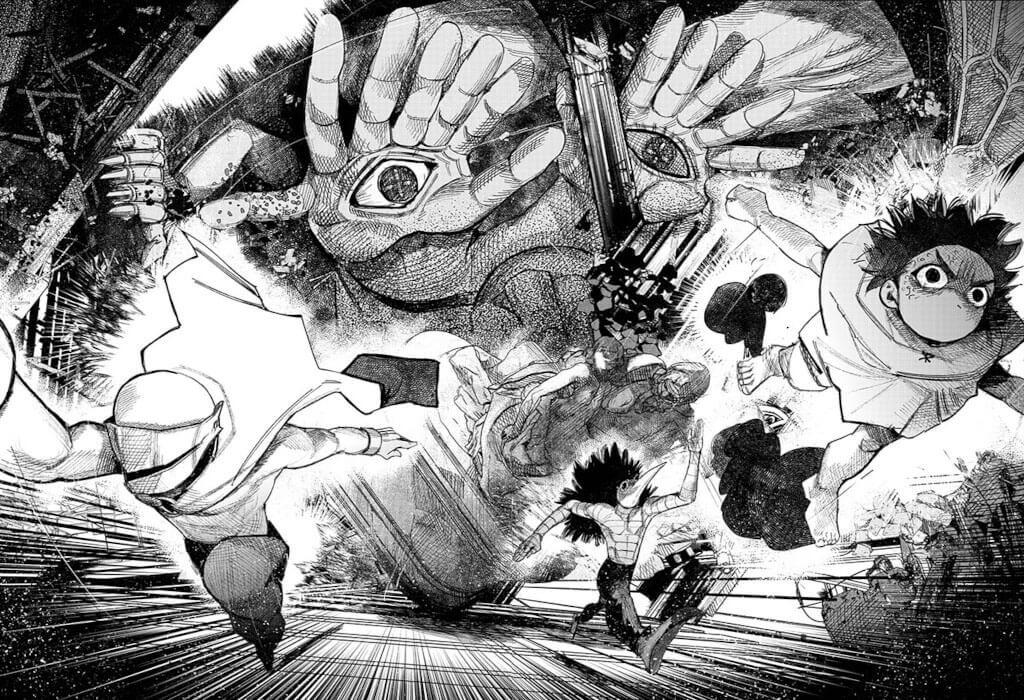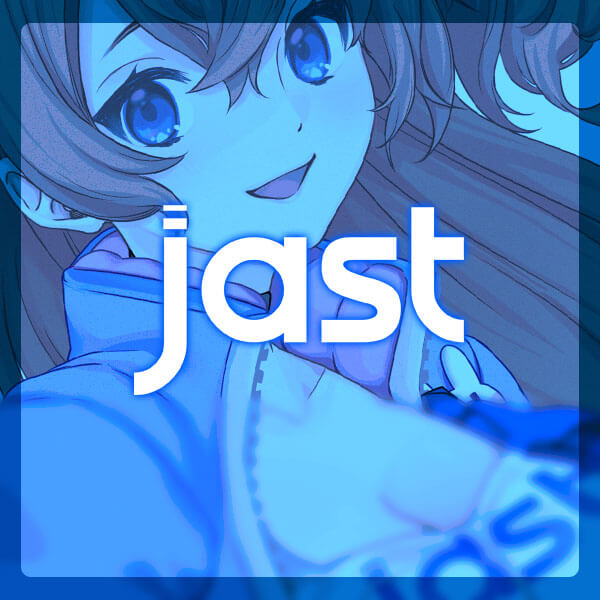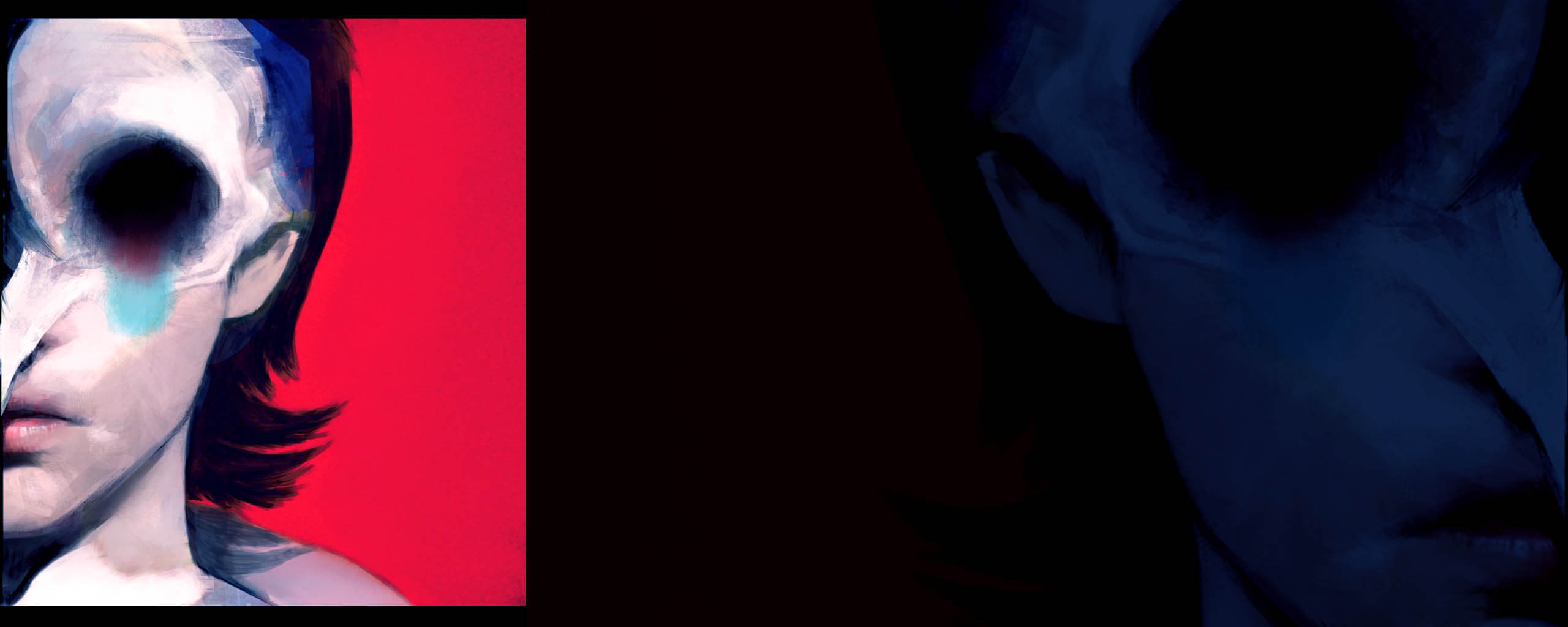This article contains spoilers for both Tokyo Ghouls and Choujin X.
Unlike media such as TV shows, movies, and video games, where dozens, if not hundreds, of people work together to create a single product, most manga are the work of a single individual or small team of people. This makes a given manga feel all the more personal, and is one of the best facets of this artistic medium. It also allows passionate enough readers to follow their favorite mangaka’s growth over time and across projects. Yoshihiro Togashi, for example, revealed his propensity for puzzle-like conflicts in the back half of Yu Yu Hakusho and further honed it in Hunter X Hunter. Likewise, Fire Punch’s ostentatious plot twists and focus on themes over plot is refined in Tatsuki Fujimoto’s following work, Chainsaw Man.
Sui Ishida, the mangaka behind 2010s emo darling, Tokyo Ghoul, is also growing by leaps and bounds as an artist in his latest and ongoing work, Choujin X. While both series center on characters that navigate socio-political issues, Choujin X directly improves upon Tokyo Ghoul by further ruminating on the themes that made the first series so great. While Tokyo Ghoul focused on the micro-level impact of broken social systems, Choujin X focuses on the macro impact, which mirrors how a lot of young, progressively-minded people’s politics have hopefully evolved from the 2010s to the 2020s.
Listen, if you’re also a zillennial whose high school iPod Nano was mostly filled with pop-punk like mine was, chances are the sentence, “This manga from the Tokyo Ghoul author is a better version of Tokyo Ghoul,” already has you running to the Shonen Jump app to check it out. If you need a little more convincing, here’s a reminder why Tokyo Ghoul was a hit and how Choujin X builds on that success.
The Why and When of What Made Tokyo Ghoul Work

Tokyo Ghoul premiered in what was a pretty transformative time in the western anime landscape. The manga released in 2011, just as pirate scanlation sites were big enough to cover less mainstream releases. The anime followed in 2014, when the anime streaming platform Crunchryoll had grown successful enough to be acquired by AT&T. Furthermore, 90s kids that had gotten into anime through shonen fare like Dragon Ball Z or Trigun were now either teenagers or young adults, and were eager for something that presented as more mature.
Tokyo Ghoul gave this ostentatious edge to anime fans in spades! Its opening features the soft-spoken Ken Kaneki going on a date with a book lover, only to find out that she’s a supernatural cannibal, known as a ghoul. She attacks and fatally wounds him, but falling construction equipment seems to kill her and leaves Kaneki in need of an emergency organ transplant, with her being a perfect doner. This procedure transforms Kaneki into a half-ghoul and leaves him an outcast from both human and ghoul society.
For additional context, the fourth and for a long time final My Chemical Romance album released just a year prior to Tokyo Ghoul, and for young, enthusiastic people in the emo community, this was about the sickest opening to a manga imaginable.
This darker tone and and more graphic art direction felt revelatory to more casual manga and anime fans. In the first half of the 2010s, the Big Three — One Piece, Naruto, and Bleach — were taking up most of the oxygen in fandom spaces, and having a shonen-tinged flattening effect on community discourse. Sure, seinen series like Berserk and Vagabond were around and quietly huge in their own right, but dense and daunting for new readers to get into. Tokyo Ghoul gave readers an onramp into seinen, and that helped tremendously in making it a hit.
They couldn’t have asked for a better introduction to the genre, either. Drawing explicitly from non-manga sources like the works of Franz Kafka and the motif of tarot cards, Tokyo Ghoul felt unlike any other manga in circulation. Ishida also makes it clear with his messy panel layouts and moody watercolor spreads that the emotionality of his characters as they react to increasing amounts of body horror is the focus of Tokyo Ghoul. That is, until the series transitions into a brutal battle manga where fights end with the winner often eating parts of the loser, with a web of shadowy politics motivating the tribalistic conflicts between the society of ghouls and the militia that suppresses them.
There’s a lot happening in Tokyo Ghoul, and most of it is good. Ken Kaneki’s exploration of identity, agency, radical empathy, and trauma is moving and unlike just about anything else in the manga medium. Sure, the anime butchers a lot of that story, and both versions have an excess of supporting characters that detract more than they add to the plot, but it’s a gripping and moving ride throughout.
All of that being said, Tokyo Ghoul still feels like a rough draft of Choujin X.
Choujin X and Sociological Introspection

Choujin X opens similarly to its predecessor. After a series of improbable events, our passive protagonist, Tokio Kurohara, transforms into something that’s not quite human. Rather than becoming a flesh-eating ghoul abhorred by society, he turns into a choujin, or superhuman. Also, instead of having this transformation forced upon him, Tokio embraces it as a way to fight off a parody of One Piece’s Monkey D Luffy, who is attacking him and his best friend. Tokio then struggles to figure out what to do with his new abilities. While they don’t irrevocably change his identity, he’s kind of a loser who never thought he’d be able to affect the world and his own life as much as he can now that he has superpowers.
While Choujin X has a much more comedic tone in its opening, it’s no less introspective or moving than its predecessor. Tokio’s indecision after becoming a choujin is reminiscent of Kaneki’s own malaise after becoming a ghoul. In Choujin X, though, this refusal to answer the call to action is less a step in the hero’s journey, and instead feeds directly into the core themes of the work.
Tokyo Ghoul is about prejudice, tribalism, and manufactured conflict motivated by greed. While these subjects have only gotten more relevant since Tokyo Ghoul’s release, the series spends more time showing how these systems of oppression and cycles of violence affect its characters, rather than digging into the root causes of these issues. This is apparent in the character Tooru Mutsuki adopting fascist ideologies after gaining even a little bit of authority from a governing body, even though he’s a marginalized person who’s experienced systemic oppression. The same is true for the final villain of the series, Nimura Furuta, who’s revealed to more or less be a nihilistic Redditor who wants to blow up the world because his privilege can’t protect him from his inherent shortcomings.
These characters, and many others, in Tokyo Ghoul are great studies of the personal impact that socio-political systems have on individuals, but Tokyo Ghoul rarely touches on the actual politics that create these situations. Choujin X dives into these politics immediately, making the work feel much more considered than its predecessor. Tokio’s reluctance to use his new powers or initial unwillingness to engage with choujin society isn’t because he’s unable to accept his identity. Instead, it’s because he isn’t sure that his powers would benefit him, and he doesn’t know what he would use them for.
Tokio’s questioning of whether he should have power grows into the main theme of Choujin X as the manga examines how power coalesces, how institutions try to amass that power, and how doing so is inherently unethical. As the series goes on, time and time again Tokio rejects amassing power and grows to believe that gaining more will only lead to suppressing the agency of others and his own exploitation. This exploitation comes from the two major political groups in the series, Yamato Mori and the Tower of Mourning.
Where Choujin X Steps Up

Unlike in Tokyo Ghoul, where Kaneki ends up in the care of the sole “good guy” organization in the series, Tokio is ushered into the world of choujin by Yamato Mori, a group made up of what are essentially superhuman cops. While they do serve some public good by dealing with choujin criminals or those rampaging in the midst of a mental break, Yamato Mori mostly reinforces the social status quo and their place at the top of it. This puts them in direct conflict with the Tower of Mourning, an organization made up of mostly disenfranchised individuals who believe Yamoto Mori’s rule will inevitably lead to societal collapse.
While Tokyo Ghoul did have a similar political framework with the CCG being in direct opposition to ghouls, the series focused more on the tribalism that system inspired and the infighting within those groups. As Choujin X has progressed, it’s painted both Yamato Mori and the Tower of Mourning as equally exploitative organizations with leadership that feel comparatively justified in their self-serving actions. Choujin X also shows how these exploitative institutions perpetuate once they’re established though Tokio’s friend Azuma, who readily joins Yamoto Mori to receive the external validation such an organization readily gives its most committed members.
This is where Choujin X cements itself an evolution of Tokyo Ghoul. Rather than focus only on the personal impact of exploitative social systems, Choujin X highlights, questions, and challenges the framework that inflicts harm on the people living under it. While Tokyo Ghoul was never certain about what its namesake ghouls were meant to represent, it’s clear by the middle of Choujin X’s ongoing run that its titular choujin are a means to explore individual agency and the ethical ways to use power and influence.
This growth in politics, and the broadening of focus from individual expressions of broken systems to an examination of the systems themselves, speaks to the political maturation that a lot of folks underwent from the early 2010s to the 2020s. Individual instances of prejudice and exploitation are often a part of systemic corruption and people hoarding institutionalized power. It’s clear in reading both Tokyo Ghoul and Choujin X that Sui Ishida has made this realization as well, and that makes Choujin X feel like a more impactful and important work than Tokyo Ghoul.
Just like Tokyo Ghoul felt like a flashpoint series that largely blew up because of the moment of time in which it was released, Choujin X feels equally informed by the state of the world and the experience of living in the 2020s. We’ve all grown in the past decade or so, especially Sui Ishida as an artist and storyteller, and there’s something cathartic and deeply appealing about reading a work that also feels like it’s grown with the times. Which is why, whether you were a diehard fan of Tokyo Ghoul or wanted to love it more than its lackluster adaptations and scattershot themes allowed, you should go check out Choujin X.
You can read Choujin X online on VIZ (first 3 chapters available to read for free) & MANGA Plus and you can order the first volume on Bookshop, Barnes & Noble, and Amazon.

Featured Sponsor - JAST
The sweetest romance and the darkest corruption, the biggest titles and the indie darlings; for visual novels and eroge, there's nowhere better.
Big thank you to our supporters
From their continous support, we are able to pay our team for their time and hard work on the site.
We have a Thank-You page dedicated to those who help us continue the work that we’ve been doing.
See our thank you page




